SM Sultan’s Life
Sheikh Mohammed Sultan, popularly known as SM Sultan, was a Bangladeshi decolonial artist who worked in painting and drawing. He was born on this day, August 10, 1923, in Jessore, Bangladesh. His works were characterized by their repeated selection of subjects in the form of peasants engaged in labour. To enhance this thematic element, S M Sultan used an equally dramatic style, that of depicting the peasants as exaggeratedly muscular and larger than life.
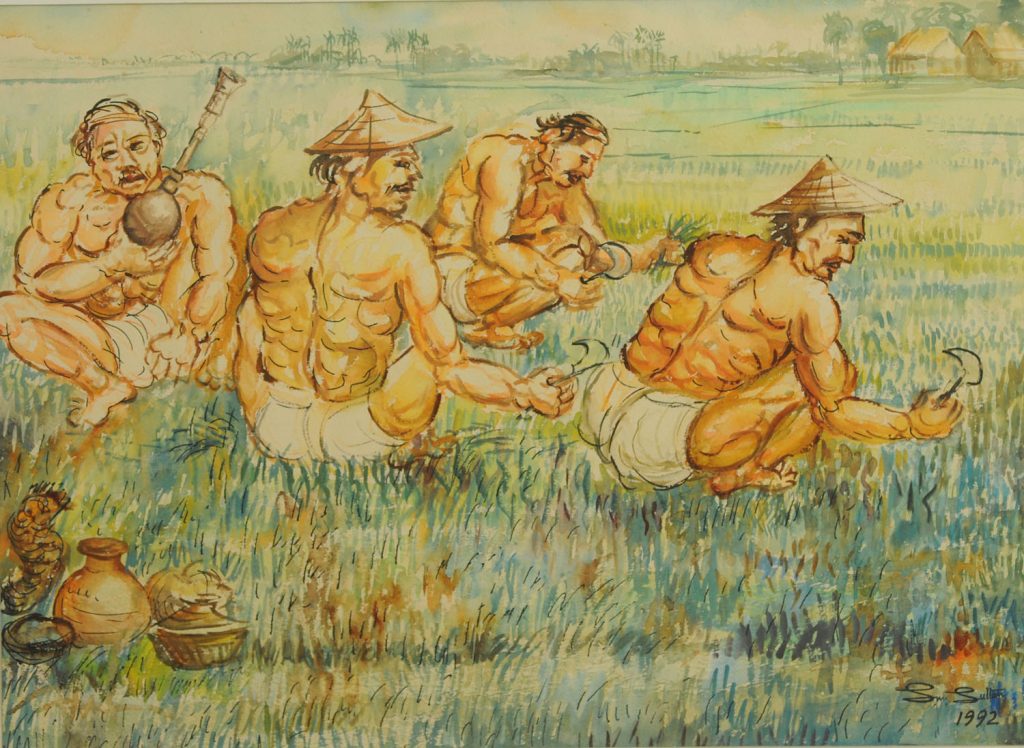
These people who lived close to the soil, who bore on their shoulders the burden of civilization did not appear to Sultan to be weak, debilitated, starving creatures who deserved pity and sympathy. Quite the contrary, he saw their bulging muscles, their vigorous torso, their overpowering vitality, their well-rounded buttocks and swelling breasts ready to come to grip with life.
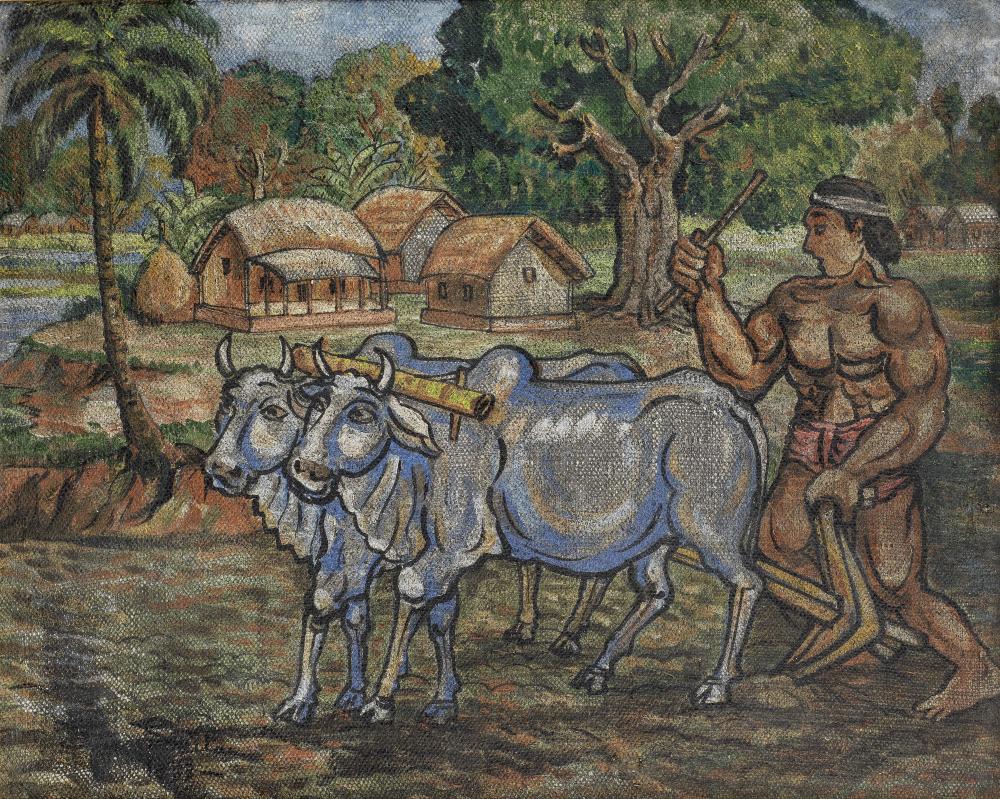
As someone who came from an impoverished family, SM Sultan carved out his way in the field of art solely on his zeal and ability to forge lasting connections. While his family could not afford to pay for his education at the Calcutta School of Arts, he gained a special recommendation for the program and studied there for three years. The school’s teachers and the prescribed syllabus were instrumental in bringing a sea change in Sultan’s technique.
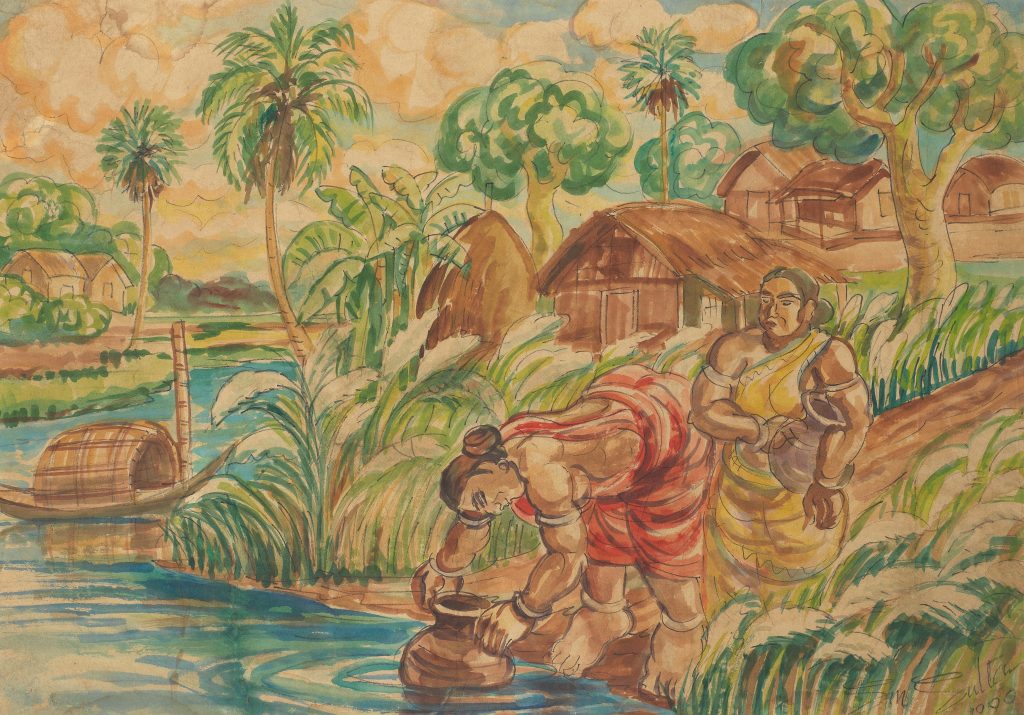
His early works were influenced by Western techniques and forms, particularly Impressionism. However, his works exhibited in 1976 reflect a sincere attempt to decolonize his techniques. In 1944, Sultan travelled around India while earning his living by drawing portraits of Allied soldiers encamped along his route. His first exhibition, a solo, was held in Shimla, India, in 1946. Next, after Partition, he had a solo exhibition each in Lahore and Karachi.
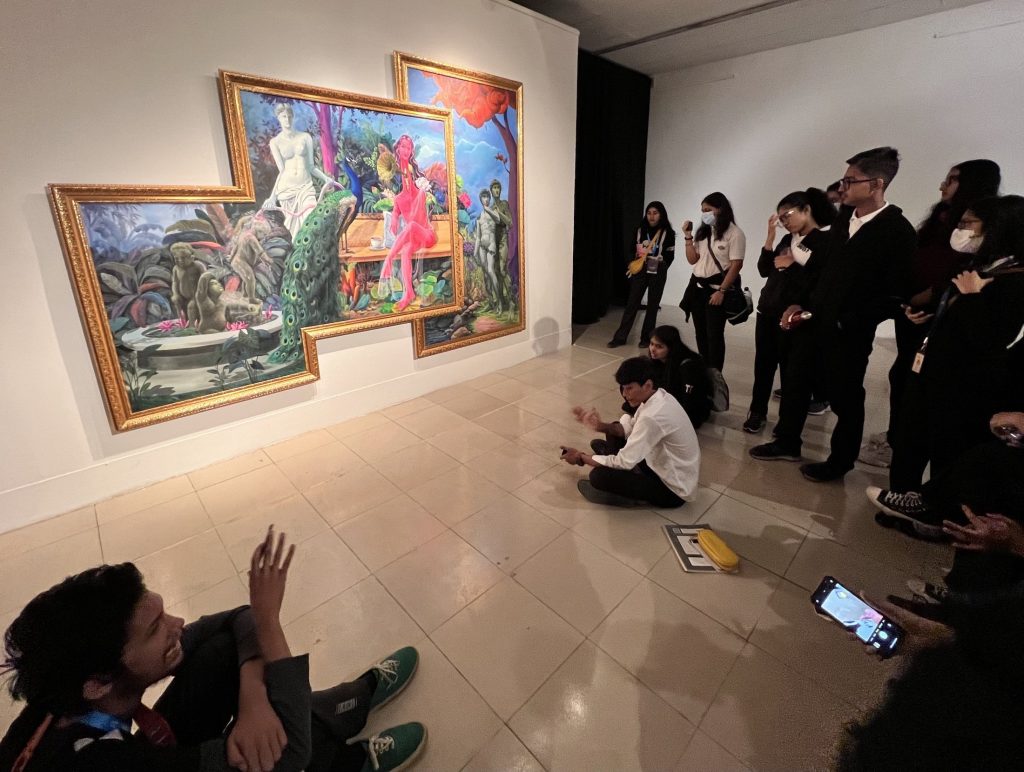
Unfortunately, Sultan was not particular about preserving his work and none of his works from this period survive today. A breakthrough came when Sultan was selected by the Pakistan government to represent the country in an International Arts Program organised by The Institute of International Exhibition (IIE), New York. The program brought exceptionally promising foreign artists between the ages of 25 and 35, selected jointly by their country’s Ministry of Education and the IIE, to the United States for a stay of several weeks.
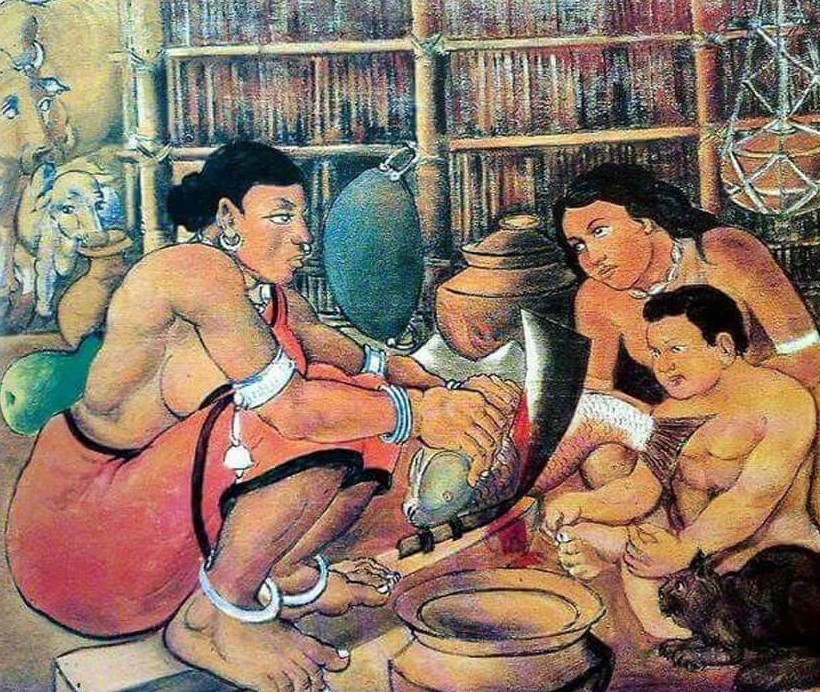
With paid round-fare, support for living expenses, visits to museums, and creative time to make new artworks, this was a once-in-a-lifetime opportunity that Sultan grabbed, and he visited the USA in the early 1950s. He exhibited his work at the IIE in New York; at the YMCA in Washington, D.C.; in Boston; at the International House of the University of Chicago; and Michigan University, Ann Arbor. Later he travelled to England, where he participated in the annual open-air group exhibition at Victoria Embankment Gardens, Hampstead, London.
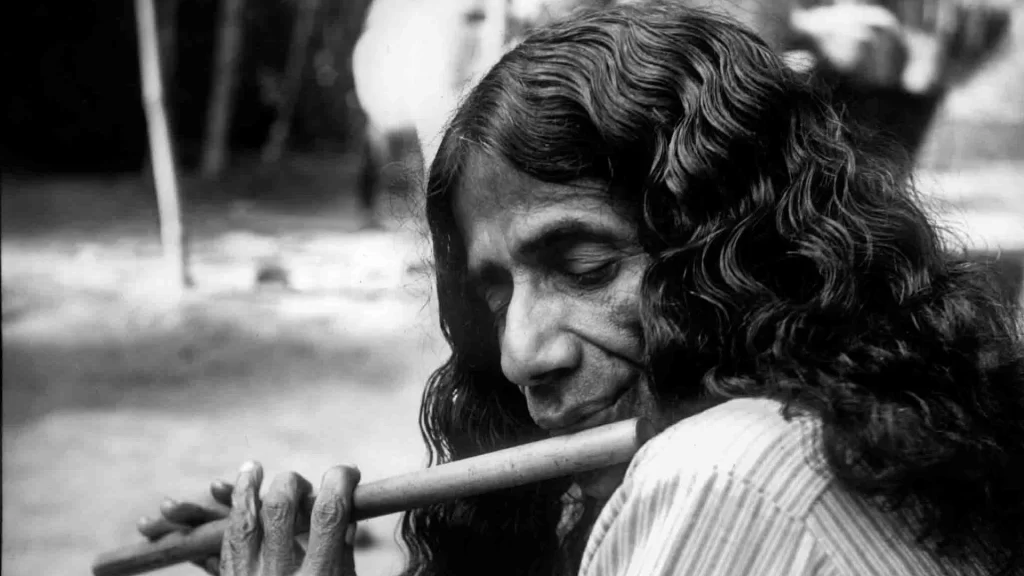
Soon after the USA trip, upon his return to Pakistan, Sultan made a lifelong association with Pakistani artists Abdur Rahman Chughtai and Shakir Ali. After staying and working on his art practice in Kashmir for a period, he returned to his native Narail (in present-day Bangladesh) in 1953. He was to spend the next two decades as a recluse, thronged with an array of pets.
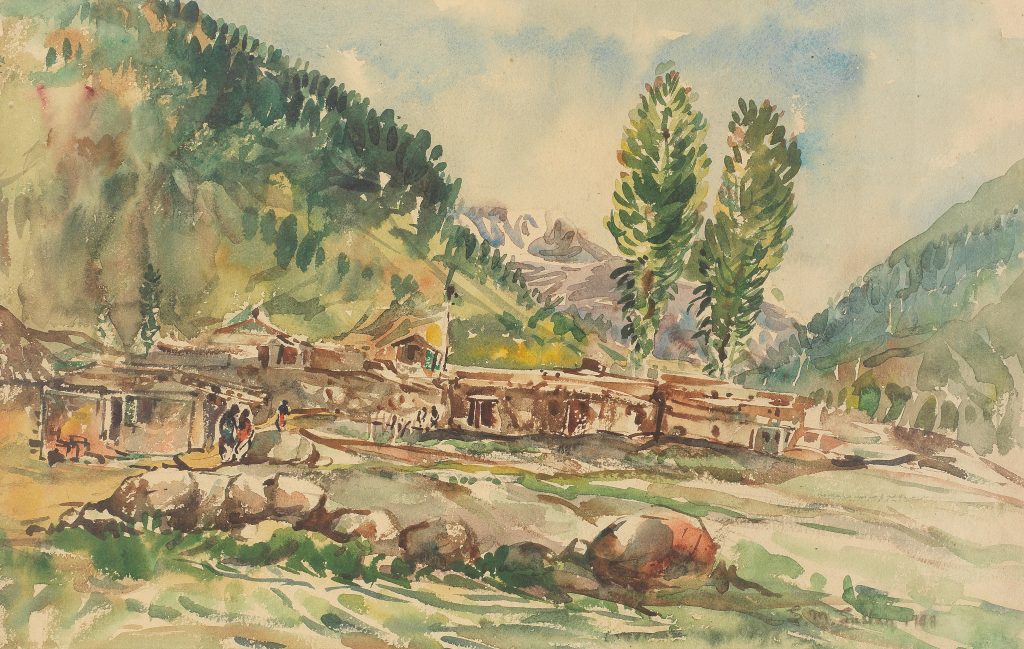
SM Sultan’s notable works include ‘First Plantation’ (1975), ‘Char Dakhal’ (1976), ‘Harvesting’ (1986), and ‘Fishing-3’ (1991). For his achievement in fine arts, he was awarded the 1982 Ekushey Padak; the 1986 Bangladesh Charu Shilpi Sangsad Award; and the 1993 Independence Day Award. His works are held in several major collections in Bangladesh, including the Bangladesh National Museum, the National Art Gallery (Bangladesh), the S.M. Sultan Memorial Museum, and the Bengal Foundation.
Image Courtesy – Prothom Alo English





